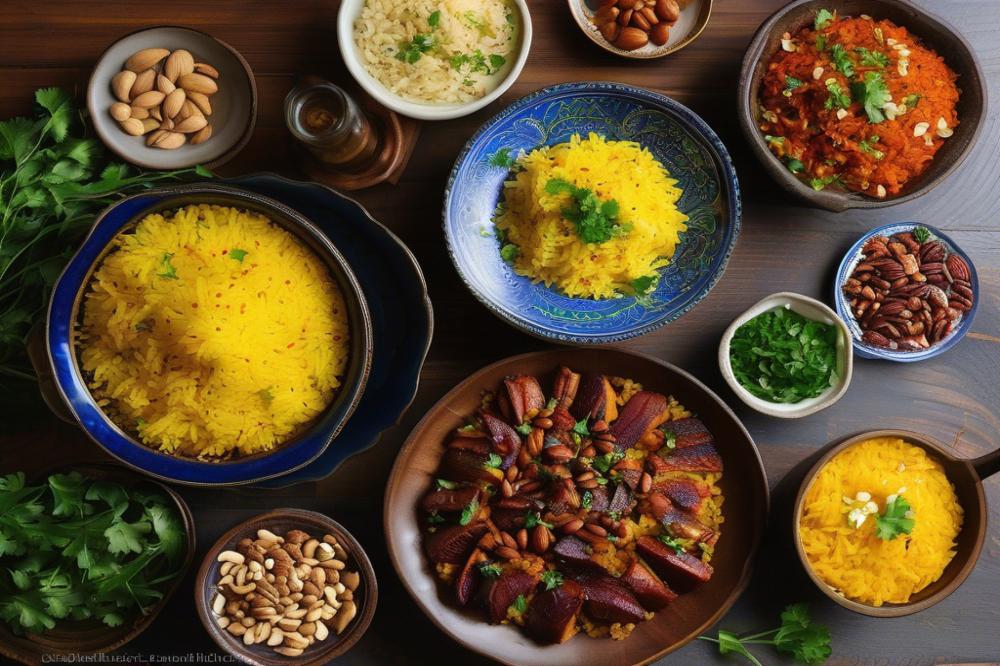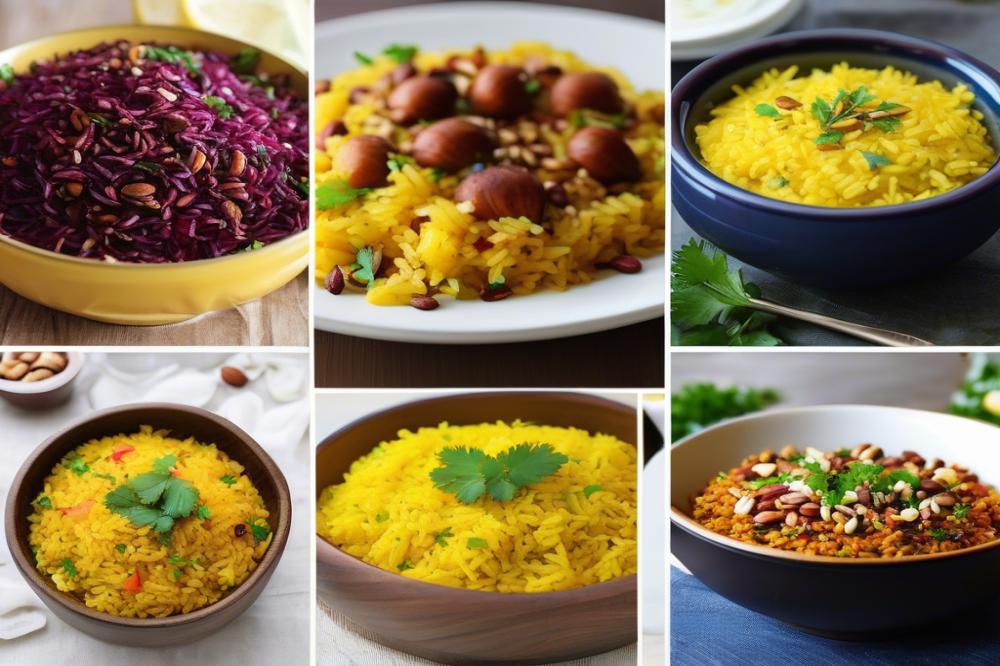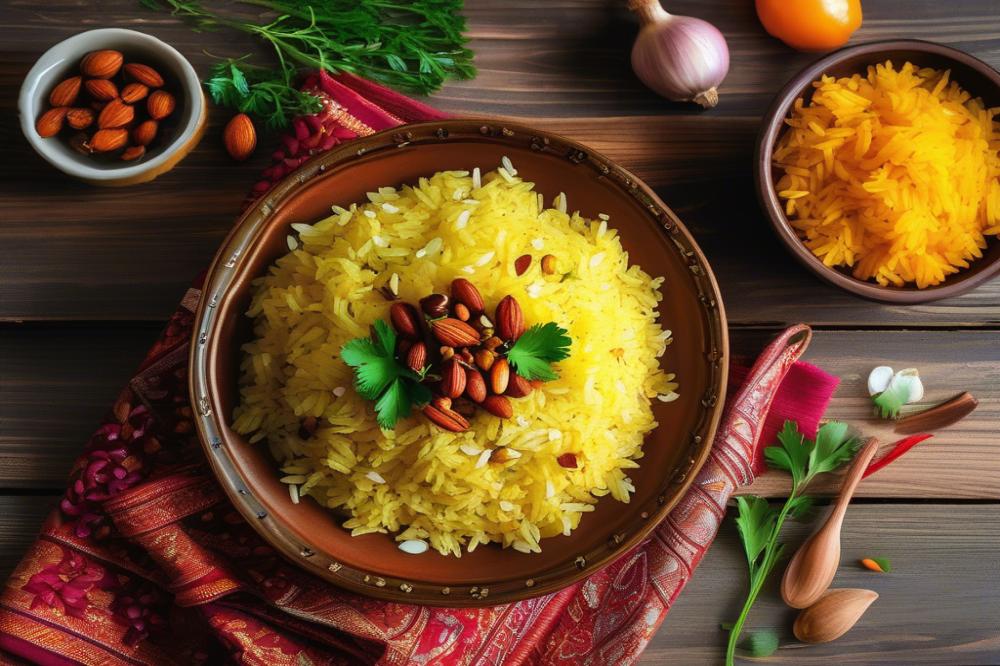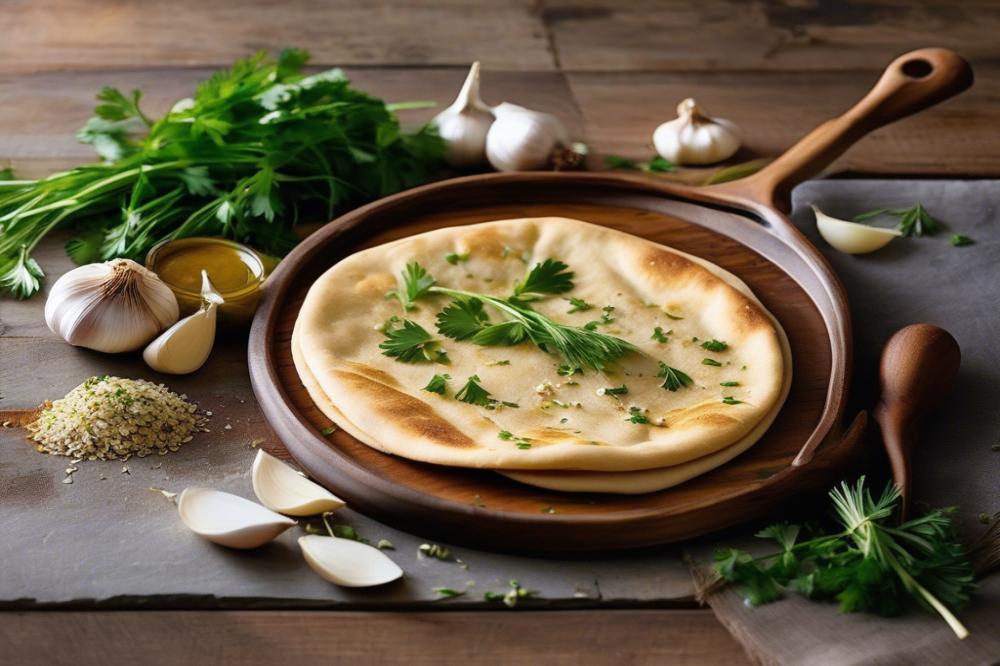Exploring the Essence of Lebanese cuisine
Lebanese cuisine holds a special place in the tapestry of Middle Eastern flavors, characterized by its vibrancy and diversity. This style of cooking brings together an array of ingredients that delight the senses. Not only is it rich in spices, but each dish tells a story of culture and tradition. Lebanese saffron rice serves as a perfect example of this culinary artistry.
This rice dish is essential in many meals, often accompanied by grilled meats or fresh salads. The incorporation of aromatic saffron elevates the flavor profile, infusing the rice with a golden hue and a fragrant aroma. Saffron, known for its unique properties, is used sparingly due to its strong taste and cost.
To further enrich the meal, a variety of nuts such as pine nuts and almonds are included. These nuts not only add crunch but also a satisfying richness that complements the saffron. This combination creates a delightful experience with each bite, balancing the soft texture of the rice and the crispness of the nuts. A simple saffron rice recipe can bring a taste of Lebanon into any kitchen.
Cooking this dish allows you to embrace the flavors of the region, making it a wonderful choice for family gatherings or special occasions. Each element in the dish plays a role, creating a harmonious blend that reflects the culture and history of Lebanon.
Lebanese saffron rice: Ingredients and Quantities

To prepare this flavorful rice dish, you will need several simple ingredients. They bring together the essence of Lebanese cuisine and highlight the wonderful Middle Eastern flavors.
- 1 cup long-grain rice (preferably basmati)
- 1/4 teaspoon saffron threads
- 2 cups vegetable or chicken broth
- 2 tablespoons olive oil or butter
- 1 small onion, finely chopped
- 1/4 cup pine nuts
- 1/4 cup slivered almonds
- Salt to taste
Long-grain rice, especially basmati, provides a fluffy texture. This rice is often used in many cuisines and is a good source of carbohydrates. Carbs are essential for energy, making it an important part of your meal.
Saffron, the star of this dish, adds a vibrant golden color and a unique flavor. It is known for being rich in antioxidants. Antioxidants help combat free radicals in the body, aiding overall health.
Choosing vegetable or chicken broth for cooking elevates the dish’s taste. Broth enhances the flavors of the rice and adds depth. Both options provide additional nutrients, making the dish more satisfying.
Olive oil or butter adds healthy fats. Olive oil is a staple in Mediterranean diets and is known for its heart-healthy benefits while butter provides richness. Either option will give your rice dish a delightful taste.
The finely chopped onion brings aromatic qualities to the rice when sautéed. Onions also offer fiber and various vitamins, which are good for digestion and overall health.
Pine nuts and slivered almonds introduce a nice crunch. Nuts are packed with good fats and protein. These ingredients not only enhance flavor but also contribute to a balanced meal.
Don’t forget to season with salt, adjusting it to your liking. This last step is crucial to bring out all the flavors in your aromatic rice. Cooking with these ingredients creates an inviting and delicious dish that showcases the beauty of Lebanese saffron rice.
Cooking Instructions

Follow this step-by-step guide to create a delicious rice dish full of Middle Eastern flavors. Start by rinsing the rice under cold water. This process helps remove excess starch. Continue rinsing until the water runs clear.
Next, take a few saffron threads. Soak them in 2 tablespoons of warm water. This lets the saffron release its rich color and distinctive taste.
In a pot, heat some olive oil or butter over medium heat. When the oil is warm, add chopped onions. Sauté the onions and watch for them to turn translucent.
Once the onions are ready, stir in the nuts. Add pine nuts and almonds to the pot. Toast these until they become golden, enhancing their flavor and crunch.
After the nuts are golden, pour in your soaked saffron along with its water. Then, add broth and a pinch of salt. The combination brings aromatic rice to life.
Bring the mixture to a boil. Once boiling, add the rinsed rice. Stir it gently to mix everything well.
Cover the pot and reduce the heat to low. Let it simmer for about 15 to 20 minutes. Keep an eye on it until the rice is fluffy. The time taken may vary based on the type of rice used.
When you finish cooking, fluff the rice with a fork. This helps separate the grains and adds a nice texture. Allow it to sit for 5 minutes before serving. Enjoy this easy recipe that highlights the nuances of Lebanese cuisine.
Serving Suggestions

Serving Lebanese saffron rice with nuts can elevate your meal to new heights. This rice dish pairs wonderfully with various Middle Eastern flavors. For instance, grilled meats are a perfect match. Juicy kebabs or spiced lamb chops can complement the rich saffron and nutty notes beautifully.
A light salad is another great option. Fresh vegetables dressed in lemon and olive oil can add a nice crunch and balance the meal. Consider options like tabbouleh or an Israeli salad that features diced cucumbers and tomatoes.
Garnishing with fresh herbs can enhance the visual and taste appeal. Chopped parsley or cilantro sprinkled on top adds a lovely pop of color. It also introduces a fresh flavor to the hearty rice and nuts.
For a more complete table setting, consider serving with homemade garlic sauce or a tangy yogurt dip. These accompaniments can bring extra moisture and zest to each bite. Adding a few toasted nuts like pine nuts or almonds on top as a final layer can provide a delightful crunch.
When hosting guests, remember to serve this dish in a large, attractive bowl. Presenting it family-style encourages sharing and conversation at the table. Moreover, some diners might enjoy this aromatic rice as a bed for grilled fish or roasted vegetables.
Always aim for variety. Different dishes can create a colorful spread. You might also think about serving alongside stuffed grape leaves or falafel for a fuller meal experience. Each component adds layers to the overall dining experience.
With easy recipes at your disposal, preparing a delicious meal is simpler than expected. Combine flavors thoughtfully, and your table will be a true representation of Lebanese cuisine.
Variations and Tips

Exploring different variations of saffron rice can enhance your cooking experience. Consider adding raisins or dried fruits for a touch of sweetness. The contrast of flavors can elevate this rice dish beyond the ordinary, bringing a delightful twist to traditional Lebanese cuisine.
If you’re mindful of dietary restrictions, substitute nuts according to your needs. Walnuts, pecans, or even seeds like sunflower or pumpkin can work well in place of the usual almonds or pine nuts. These options maintain the crunchy texture while catering to various preferences.
Cooking with homemade broth instead of water offers a richer taste. Infusing your rice with this flavorful liquid can significantly enhance the savory profile. Whether you use chicken or vegetable broth, the result will be an aromatic rice experience that complements Middle Eastern flavors perfectly.
For those who appreciate unique fragrances, experimenting with different types of saffron can be rewarding. Spanish or Iranian saffron may provide distinct aromatic qualities. Make sure to check the quality to get the best results.
When preparing this dish, the texture of the rice is crucial. Rinse it thoroughly before cooking. This step removes excess starch and prevents a gummy outcome. Allow the rice to rest after cooking for about five minutes too; it helps to achieve the desired fluffiness.
Don’t forget to toast your nuts in a dry pan before adding them. The heat releases essential oils, enhancing their flavor. Combining these toasted nuts with the rice just before serving creates a wonderful contrast.
Finally, keep the amount of spices balanced. Experiment with small quantities of cinnamon or allspice for an aromatic kick. Each adjustment will contribute to the overall depth of flavor in the final dish. Happy cooking!
Final Thoughts
Making Lebanese saffron rice with nuts is both easy and rewarding. The vibrant colors and rich flavors can transform any meal into something special. This dish not only highlights the beauty of Lebanese cuisine but also showcases how simple ingredients come together to create a delicious experience.
Home cooks can enjoy the process of preparing this flavorful side dish. It doesn’t take much time to make, and the results are sure to impress family and friends. Trying out this recipe gives you a chance to explore unique combinations of spices and textures. Feel free to adjust the amount of nuts or experiment with the types you use. Cashews, almonds, or pine nuts can each add their own character to the rice.
Readers are encouraged to dive deeper into the world of Middle Eastern flavors. There are many other delightful Lebanese recipes waiting to be discovered. Each dish reflects the richness of the culture and the variety of ingredients available. By embracing these flavors, home cooks can expand their culinary skills and enjoy the health benefits that come from using fresh ingredients.
In summary, cooking this saffron rice is a wonderful adventure in flavor. The ease of preparation combined with its delightful taste makes it a must-try for all. Don’t hesitate to bring the warm, enticing world of Lebanese cuisine into your kitchen.



